Religion: Spirituality and Religious Life
Nahat Ruah Le-Nashim (Women's Spiritual Satisfaction)
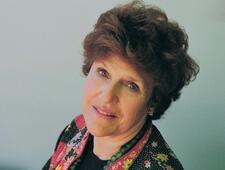
Joan Nathan
Award-winning journalist and cookbook author Joan Nathan is a transformative figure in documenting and exploring the evolving Jewish experience both in America and around the globe through the powerful lens of food. A long-standing contributing writer to The New York Times and Tablet Magazine, Nathan is the author of eleven books, as well as hundreds of articles, podcasts, interviews, and public presentations about Jewish, global, and American foodways.
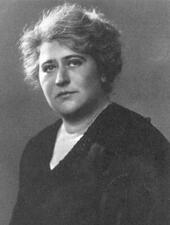
National Council of Jewish Women
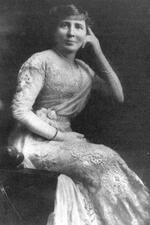
National Federation of Temple Sisterhoods
Founded in 1913 as the National Federation of Temple Sisterhoods and officially renamed Women of Reform Judaism (WRJ) in 1993, the WRJ has for more than a century galvanized hundreds of thousands of Jewish women to support and advance Reform Judaism, the Jewish people, and Jewish values in their home communities, around the country, and around the world.
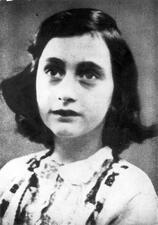
Modern Netherlands
Like Jewish women everywhere, Dutch Jewish women struggled with issues of assimilation, emancipation, and equality as both Jews and women. This article summarizes the conditions and challenges facing Jewish women in the Netherlands and the paths to progress and change they sought—education, work, activism, and literature, among others—from the nineteenth century to the present, including after the particular decimation of Dutch Jewry during the Holocaust.
Observance of Mitzvot: Custom and Halakhah
Women’s existence in a space between custom and halakhah has allowed them to create unique practices and observances. Women are exempt from some halakhah but also have created informal agreements to adapt certain customs to their needs.
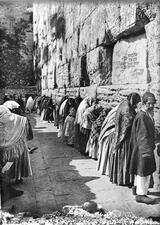
Old Yishuv: Palestine at the End of the Ottoman Period
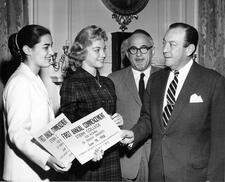
Orthodox Judaism in the United States
Orthodox views on the roles women may play in their communities’ religious, educational, and social life have reflected the range of attitudes that religious group has harbored toward American society. Generally, those Orthodox Jews who have resisted American culture have not countenanced the active participation of women within the synagogue. For other Orthodox Jews, the opening of synagogue life to greater women’s participation, within what they see as the expansive boundaries of halakhah, is but another dimension of their accommodating approach to their encounter with America.
Partnership Minyan
The Partnership Minyan is an Orthodox feminist prayer service that seeks to maximize women’s involvement in prayers while adhering to Jewish law, or halakha, by placing the bima (podium) in the middle and allowing women to lead select sections, although women do not count as part of the quorum of ten men. There are currently over 80 Partnership Minyanim around the world.
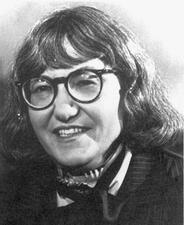
Poetry in the United States
Poland: Early Modern (1500-1795)
Polish Jewish Women played a complex role in their society and culture during the early Modern Period. This role was usually gender segregated, but upon a closer look, was more gender flexible than one might think.
Tamar De Sola Pool
Born into a family deeply involved in Jewish activism and scholarship, Tamar De Sola Pool spent over a decade as both a Hadassah chapter president and later Hadassah’s national president. She wrote two books in collaboration with her husband, volunteered at displaced persons camps in Cyprus, and helped resettle Jewish children in Palestine with Hadassah.
Post-Biblical and Rabbinic Women
IIn antiquity, the treatment of women drew from patriarchal biblical traditions. Despite a few notable exceptions, women had minimal legal rights but were active participants in alternative Jewish sects and could hold office. As rabbinic material was codified, control over women increased, although the literature was not exclusively restrictive towards women.
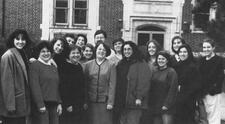
Sally Jane Priesand
On June 3, 1972, when Cincinnati’s Hebrew Union College-Jewish Institute of Religion ordained Sally Jane Priesand rabbi, she became the first woman in America to become a rabbi and the first in the world ordained by a rabbinical seminary.

Rachel Cowan
From New York to Israel, Rabbi Rachel Cowan had a hand in developing many aspects of Jewish life during the second half of the twentieth century. She was a pioneer in pushing for inclusivity in Jewish spaces and went to great efforts to make Judaism more accessible to those unfamiliar to it.
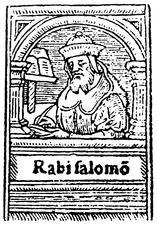
Rashi
The medieval commentator Rashi, through his commentary and halakhic works, was an advocate for improving the status of women, introducing innovative exegesis to support his views. His followers, the Tosafists, would continue to innovate and support Jewish women.
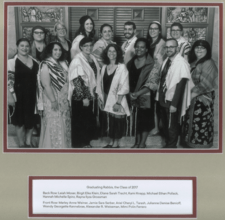
Graduating Rabbis, the Class of 2017
Back Row: Leiah Moser, Birgit Elke Klein, Diane Sarah Tracht, Kami Knapp, Michael Ethan Pollack, Hannah Michelle Spiro, Rayna Ilyza Grossman
Front Row: Marley Anne Weiner, Jamie Sara Serber, Ariel Cherly L. Tarash, Julianne Denise Benioff, Wendy Georgette Kennebrae, Alexander R. Weissman, Mimi Polin Ferraro
Reconstructionist Judaism in the United States
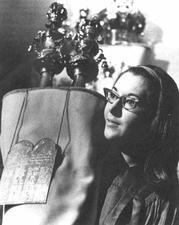
Reform Judaism in the United States
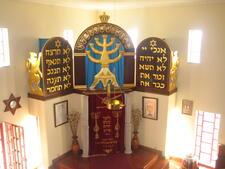
Rezadeiras among Bene Anusim in Portugal
The rezadeiras, prayer-women, began to play an important role in crypto-Jewish practice after the late fifteenth-century Expulsions from Spain and then Portugal forced anyone who wanted to live as a Jew to do so in secret.
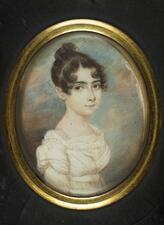
Sarah Rodrigues Brandon
Sarah Rodrigues Brandon (1798-1828) was born poor, enslaved, and Christian on the island of Barbados. By the time of her death thirty years later she was one of the wealthiest Jews in New York and her family were leaders in Congregation Shearith Israel. This entry explains Sarah’s life journey and highlights how her story relates to that of other women of mixed African and Jewish ancestry in early America.
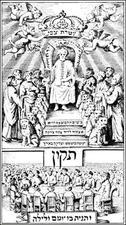
Sabbateanism
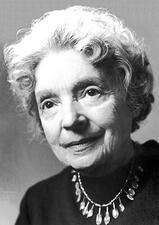
Nelly Leonie Sachs
In 1966 Nelly Sachs became the first German woman to win the Nobel Prize in Literature. After Sachs fled Berlin in 1940, her thirty-year exile in Sweden proved fertile ground for her poetry. She was motivated as a writer by her deep desire to bear witness to the victims of the Holocaust.
Sharon Salzberg
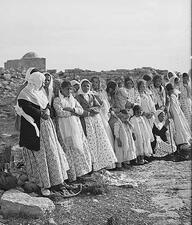
Samaritan Sect
Seder Mitzvot Nashim
Seder Mitzvot Nashim refers to the genre of literature in Ashkenazic and Italian communities that explained the specifics of how women should observe the commandments that were particularly associated with them. This handbook was reprinted many times, most famously by Rabbi Benjamin Aron Slonik, whose 1585 version of Seder Mitzvot Nashim was a veritable best seller of the pre-modern age.


